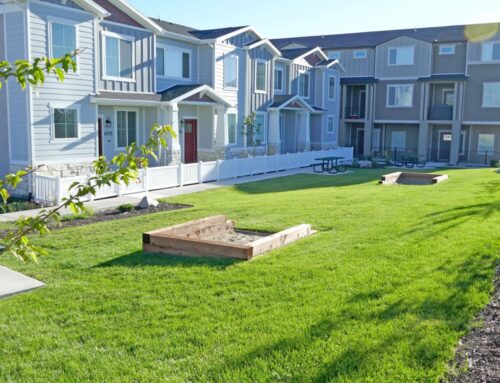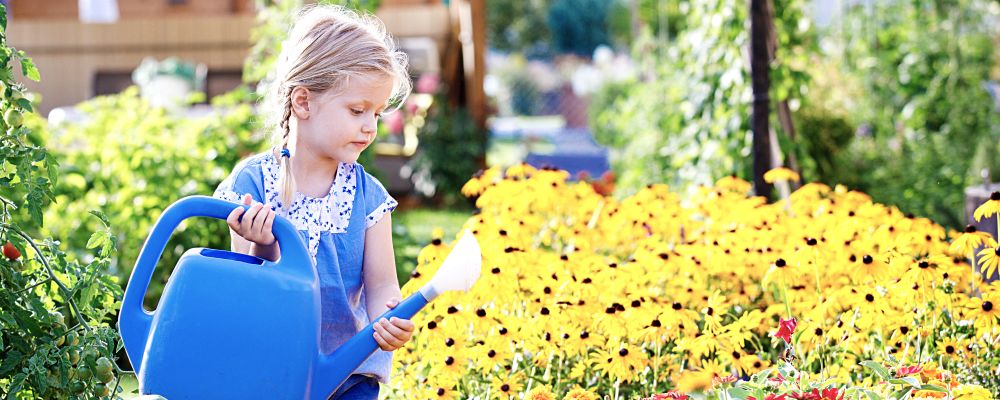
If you are anything like many out there you’re wanting to have some color in your yard but when going to a greenhouse you get overwhelmed by all of the options (and let’s be honest you’re worried about not killing the beautiful things when you get home). You are in luck because we did the research to help you know where to start. We recommend that every garden have a few perennials. Perennials are a little more pricey than the annuals but are amazing for all of those casual gardeners out there because they come back every year! It is a great way to put in a little work now and get to enjoy it for years to come. We found three must have perennial flowers that are gorgeous and do great in Northern Utah climate AND don’t require too much attention.
According to the Farmer’s Almanac the end of May is a great time to start planting flower gardens, so it’s time to get started!
Here are our top 3 picks for low-maintenance, long-lasting perennial flowers:
-
1. Daylilies
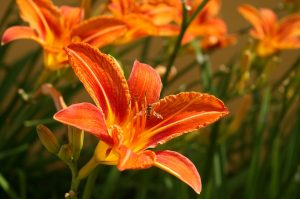
With little care, daylilies will bloom year after year. They are rugged and adaptable to many light sun and soil conditions. You can choose from a number of colors to be in bloom for months at a time.
-
2. Coneflowers or (echinacea)
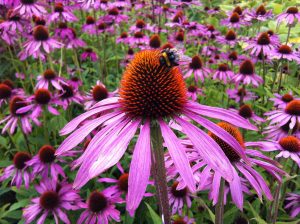
These hardy perennials come in a variety of vibrant colors and bloom all summer with little effort (just some deadheading). They attract butterflies and keep deer away.
-
3. Irises:
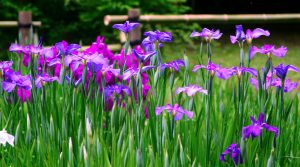
Irises add a touch of elegance to your garden with its unique shape and blue or purple hue. They are tough and thrive in harsh climates, yet still beautiful and bloom for many months in Utah.
Tip:
If you go to the store and can’t plant the flowers right away, place them in your garden where you want them where they can still get the needed sunlight and make sure you water them until you are able to plant. Make sure you plant them in a day or two though. Also, buy a bag of gardening soil so you can mix it in and enrich the native soil that already exists.


